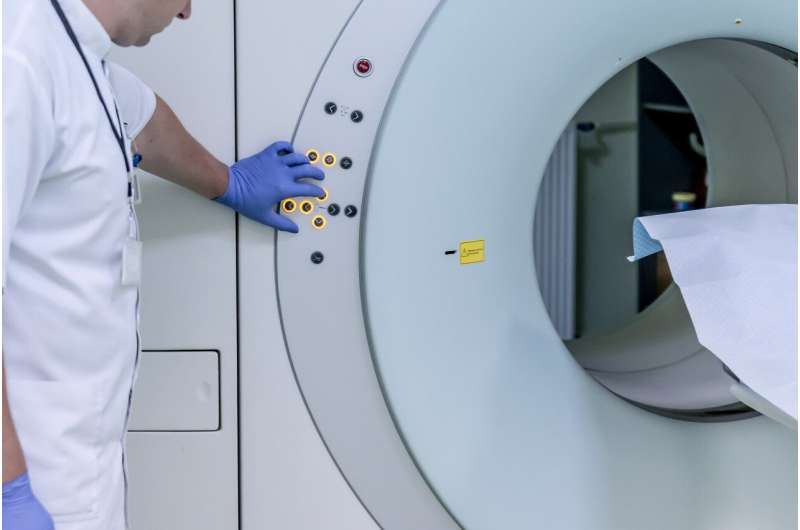Revolutionary Deep Learning Tool Speeds Up Early Pregnancy Research

A new deep learning tool from KAUST accelerates early embryo research by efficiently analyzing cellular models, paving the way for advances in fertility and developmental studies.
Researchers at King Abdullah University of Science and Technology (KAUST) have developed an innovative deep learning technology called deepBlastoid, which significantly advances the study of early human embryo development in laboratory settings. This groundbreaking tool enables scientists to analyze cellular models of embryos, known as blastoids, with remarkable speed and accuracy, matching expert human evaluation while processing images up to 1,000 times faster.
Understanding the earliest stages of human embryo development is vital for insights into fertility, pregnancy complications, and developmental disorders. However, ethical restrictions limit direct research on human embryos. Instead, scientists utilize blastoids—cellular models created from stem cells that mimic the blastocyst stage of the embryo, occurring around five days after fertilization and before implantation.
In the KAUST study, deepBlastoid was trained on over 2,000 microscopic images, then used to assess more than 10,000 additional images to evaluate the effects of various chemicals on blastoid development. These findings carry important implications for women taking medications who wish to conceive, as the tool helps identify how different substances might disrupt early embryo growth.
The study, published in ad Life Medicine, emphasizes that while traditional evaluation of blastoids is time-consuming and dependent on the skill and experience of scientists, deepBlastoid dramatically enhances throughput by analyzing 273 images per second. This efficiency enables large-scale experiments that were previously unfeasible, accelerating research in reproductive biology.
According to KAUST Associate Professor Mo Li, this technology allows scaled-up studies of embryo development and chemical impacts, which could also improve reproductive technologies like in vitro fertilization (IVF). Professor Peter Wonka highlights that deepBlastoid’s ability to match human accuracy while vastly increasing image analysis speed offers a transformative tool for the scientific community.
Furthermore, the adaptable nature of the deep learning algorithm means it can potentially be applied to evaluate other stem cell models and stages of embryo development, broadening its impact on biomedical research.
Source: Medical Xpress
Stay Updated with Mia's Feed
Get the latest health & wellness insights delivered straight to your inbox.
Related Articles
The Rise of Commercial Investment in Medical Imaging: Key Concerns
An expanding industry of private investments in medical imaging raises concerns about reduced competition, overuse of costly scans, and the influence of profit motives on healthcare quality. Learn about the key issues and the need for safeguards to protect public health.
Supervised Exercise Enhances Recovery Outcomes in Older Women After Hip Fractures, Study Finds
A large clinical trial demonstrates that supervised exercise, combined with or without testosterone, significantly improves recovery outcomes in older women after hip fractures, emphasizing the vital role of strength training in aging health.
Call for Updated Guidelines on Detecting Fabricated or Induced Illness in Children
Recent research advocates for updated guidelines on identifying fabricated or induced illness in children to prevent misdiagnosis and unnecessary family trauma, highlighting the rarity of FII-related deaths in England.
Pregnancy-Related STIs Increase Risks of Birth Complications: New Research
New research links sexually transmitted infections during pregnancy to higher risks of preterm birth, stillbirth, and small-for-gestational-age babies, highlighting the need for improved screening and healthcare access.



